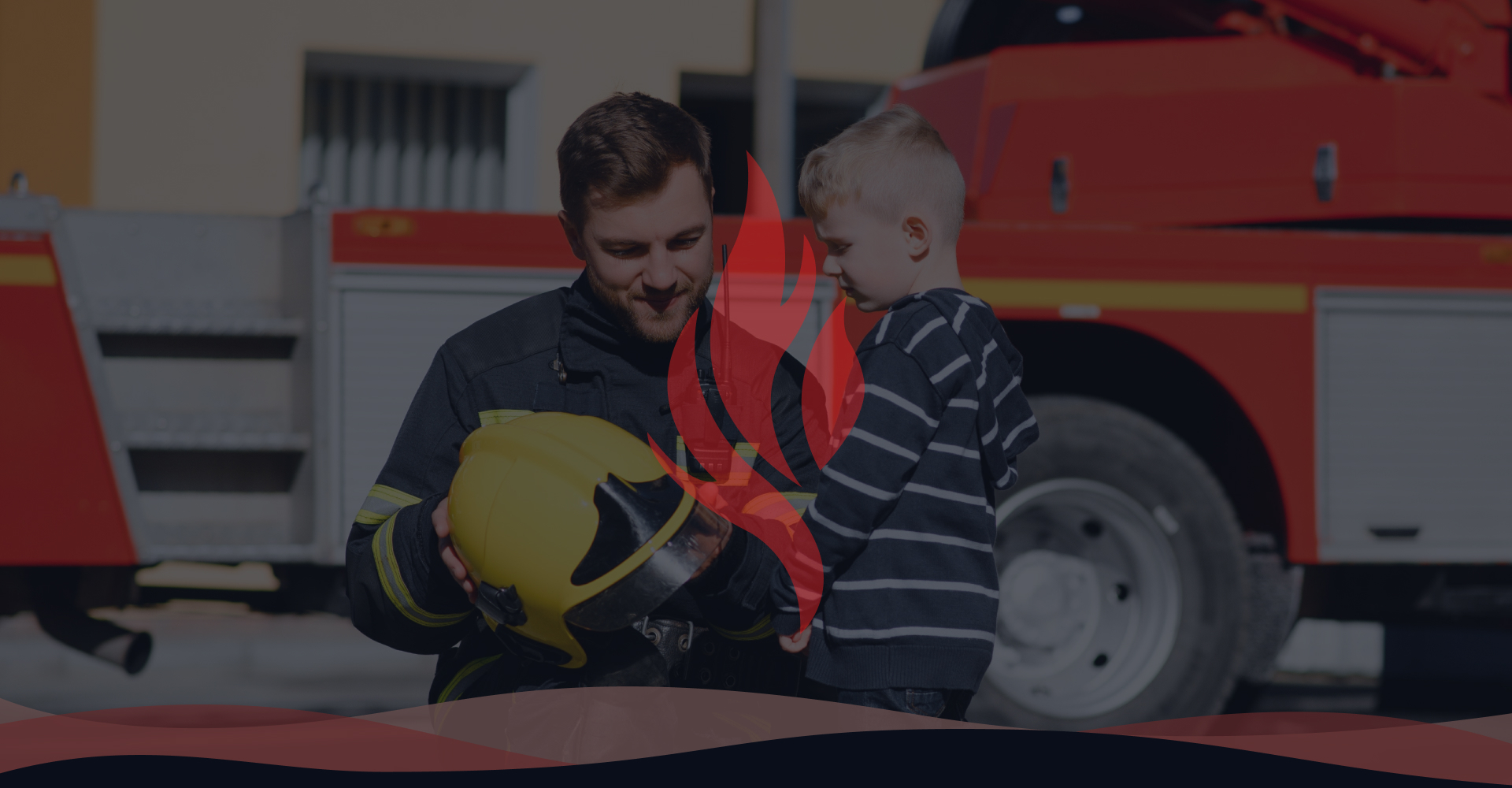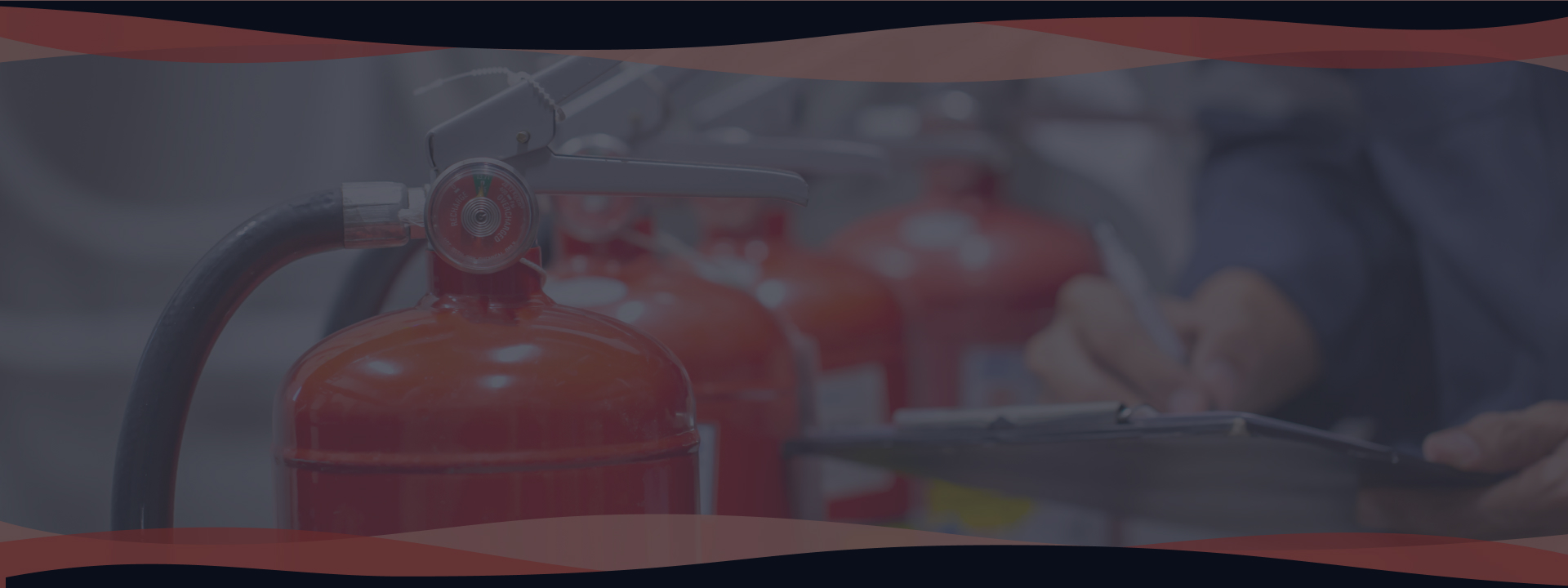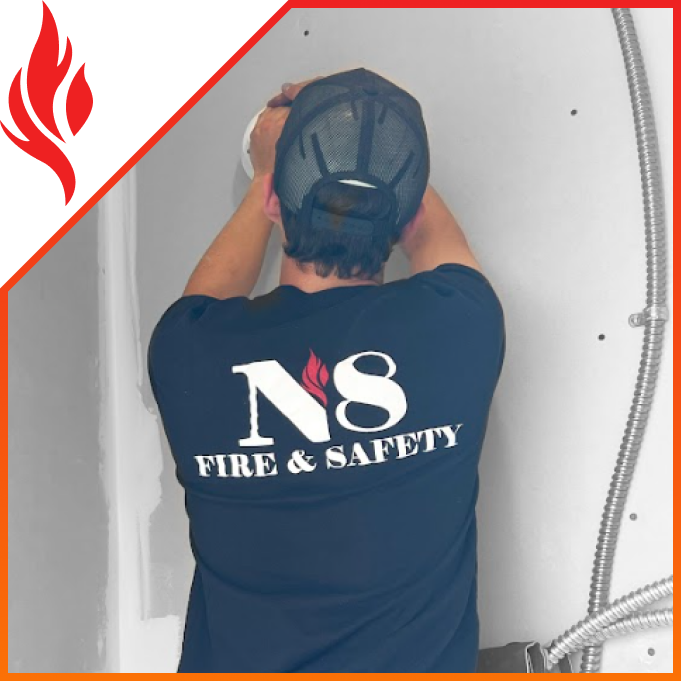


Our Customers
Fire Safety Professionals in San Antonio
Reliable Fire Protection Services for Bexar & Guadalupe Counties
Protecting your building and the people in it starts with choosing the right fire safety partner. At N8 Fire & Safety, we work with commercial clients throughout San Antonio, Selma, Schertz, and surrounding cities to keep their properties compliant, secure, and fully prepared. Whether you're managing a retail space, multifamily housing, a school, or a government facility, our licensed technicians bring over 25 years of fire protection experience to every job. From inspections to installs, we provide fast, professional service that helps you stay ahead of fire code requirements.
Our focus is simple: keep your building safe, keep your operations running, and keep you out of trouble with the fire marshal. We deliver clear solutions without overcomplicating the process or upselling services you don’t need.
Call (210) 899-5568 now to request an appointment with one of our fire safety professionals in San Antonio and receive a free estimate. Se habla español.


Count on N8 Fire & Safety for a smooth, professional experience from start to finish.
Our Automatic Fire Protection Services
At N8 Fire & Safety, our fire safety services stand as a shield against potential fire hazards. Rely on our skilled professionals for thorough fire extinguisher inspection and maintenance, guaranteeing your readiness for any situation. Benefit from cutting-edge commercial kitchen fire system installation, dependable fire alarm installations, fire sprinkler system and carefully designed emergency exit light installation solutions. With our comprehensive first aid supply services, we prioritize your life safety and security. Discover our ever evolving range of fire safety services and experience the convenience of one-call solutions.


Full-Service Fire Protection Backed by Real Experience
We know what it takes to keep commercial buildings protected and up to code because we've been doing it for decades. N8 Fire & Safety handles every stage of fire safety—from fire extinguisher inspection and recharging to sprinkler system maintenance and kitchen fire suppression installations. Our team is licensed, insured, and trained to handle all types of properties, with practical recommendations based on the size, occupancy, and function of your building. No shortcuts, no inflated pricing—just dependable service from a company that understands what matters to business owners and facility managers.
Need after-hours support? We offer 24/7 emergency services across the greater San Antonio area. Whether you're dealing with a failed inspection, faulty alarm, or equipment malfunction, our technicians are ready when you need us. We're also available for same-day appointments and weekend calls, so you’re never left waiting when safety is on the line.
Our clients include restaurants, shopping centers, healthcare facilities, apartment complexes, office buildings, and municipal properties. If it’s non-residential, we can help safeguard it.


Facilities We Service
Our expert fire protection services extend to diverse facilities, including commercial buildings, government agencies, small businesses, residential and more.
Straightforward Service, Trusted Results
You don’t need to be a fire code expert to protect your business—we’ll walk you through what’s required and help you stay compliant without overcomplicating things. From fire alarm system installation to emergency exit lighting repairs, we deliver solutions that work the way they’re supposed to. Our team shows up on time, communicates clearly, and leaves you with the peace of mind that your building is covered.
If you're unsure where to start, we also offer fire safety inspections and consultations to help you identify exactly what your facility needs. Every service includes a one-year warranty, and we’ll always explain what’s required, what’s optional, and what can wait. With transparent pricing, fast turnaround times, and a satisfaction-first approach, it’s easy to see why so many local businesses rely on N8 Fire & Safety.
Call (210) 899-5568 to book a service call in San Antonio or any surrounding city—let’s protect your property the right way.
The N8 Fire & Safety Promise
-
Safeguarding Lives with Expert ServicesProtecting lives and property is our mission, driven by certified experts and proven safety practices.
-
Cost‑Effective QualityOur services combine professional-grade fire protection with fair, competitive pricing for every client.
-
Diverse Facility ExpertiseWe deliver expert fire protection across industries—from small businesses to hospitals and large campuses.
-
Custom Tailored ServicesEvery solution is personalized to match the unique needs and layout of each client’s facility or operation.
-
Code‑Approved SolutionsAll of our fire protection services meet strict local, state, and national safety code requirements.
-
Proven TrustworthinessWe build lasting relationships through dependable, honest service that our clients can trust every time.



















